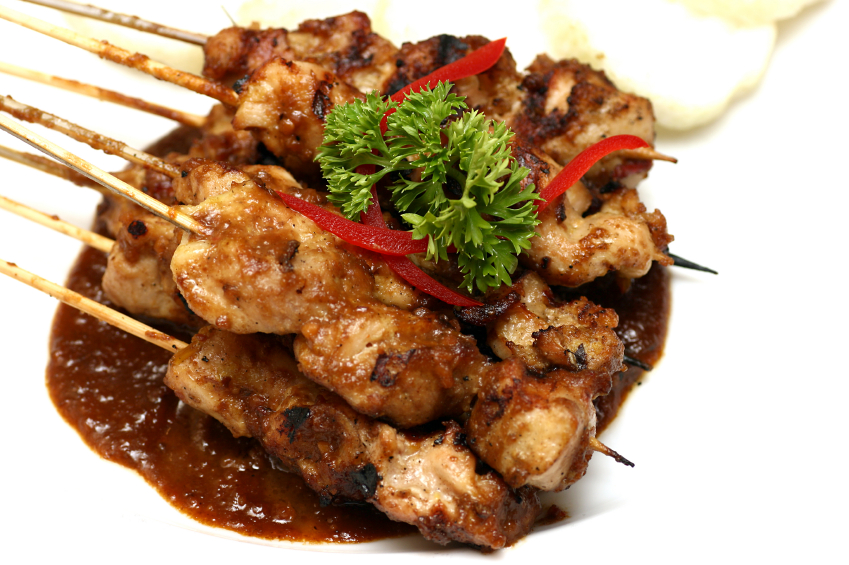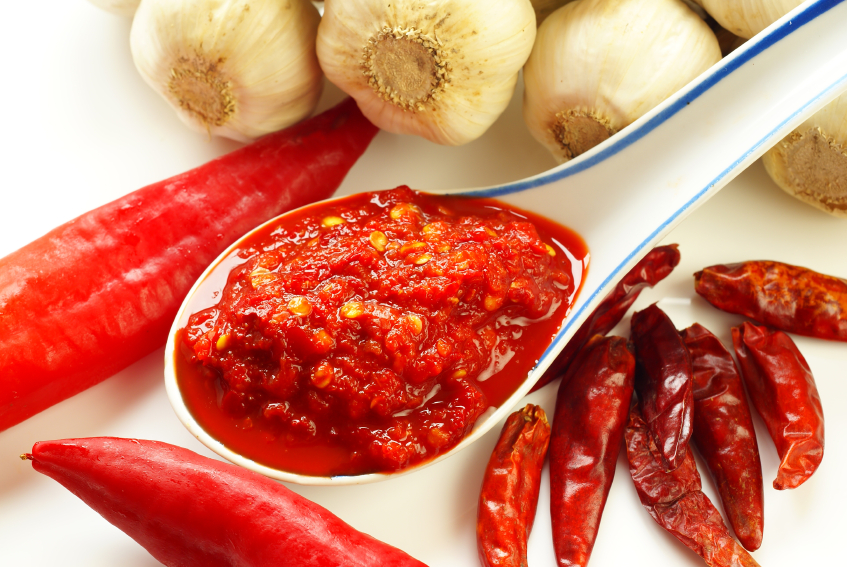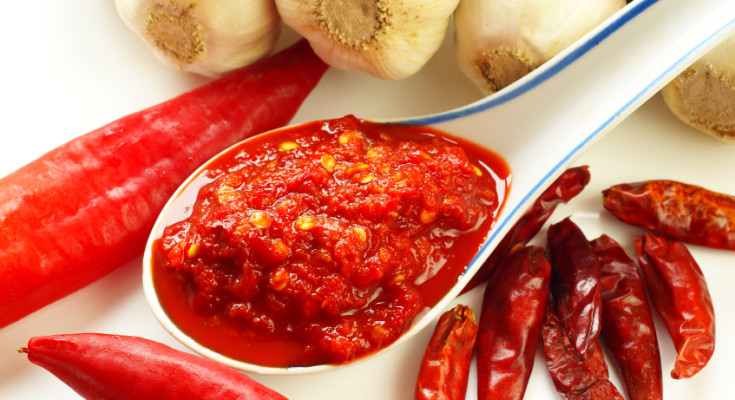Experience food in Indonesia
oktober 20, 2015by latadminTravel
By: Elena Born
When expats make plans of
going to Indonesia, they usually imagine the busy streets of Jakarta, with their vibrant atmosphere and traces of colonial history, or beautiful Bali, with its lush palm trees and turquoise waters. No matter if the reality ends up matching their imagination, they will soon have to immerse themselves into the culture of their new home. For many expats from so-called “western” countries, the Indonesian cuisine is one of the first “challenges” of this step. But even picky eaters will soon learn that the Indonesian cuisine is nothing but a treat and has a little something in store for everyone. Indonesian cuisine is diverse, rich, and full of all kinds of flavors which will tickle your palate. Many of the dishes which are now considered traditionally Indonesian have in fact been influenced by other Asian cultures.
Some popular Indonesian meals include nasi goreng (stir-fried rice with vegetables, eggs and soy sauce) or satay (grilled meat served with a peanut sauce, a dish with Javanese origins). The ways in which these and other Indonesian meals are prepared and the way they taste differ from region to region. This is especially true for Sambal, a spicy side dish made from hot chilis. There are so many adaptations that the taste of it can be completely different depending on where you are eating it.

Satay is one of the most popular dishes in Indonesia.
The best places to eat in Jakarta
Of course, there are a lot of food markets, street vendors, and high-class restaurants all over the country where you can enjoy typical Indonesian meals. Although they are too numerous to name them all, we are trying to take a closer look at the best eateries in Jakarta:
• Seribu Rasa is famous for its typical national dishes and culinary flavours. The traditions of Indonesian cuisine reflect in this restaurant’s menu. If you are looking for a sophisticated place that offers fine dining at its best, Seribu Rasa is the place to go. Some specialties include red curry lamb, fried pomfret in mango sauce, and soft shell crab with ebi floss.
• Dapur Babah is located in a building dating back to the country’s colonial era and decorated with antiques of the early 20th century. Today, the former 1940s shop house hosts a stylish restaurant offering a combination of Chinese and Javanese cuisines, both of which have influenced Indonesian food tremendously. Signature dishes of the restaurant include bebek goring boemboe lengkuas (duck marinated in galangal sauce) and tjampoer baba (tofu, shrimp and coconut).

If you like spicy food, you should definitely try sambal
• Lara Djonggrang is a restaurant which is inspired by an ancient Indonesian folk tale. Much like the mythological story, the menu is based on the tradition and culture of Indonesia. It commemorates the enormous banquets the kings of Java indulged in during their travels through their kingdoms. The food will inevitably remind you of these feasts.
•
Harum Manis is the perfect place to go for those who are still trying to get to know
life in Indonesia. Indonesian flavours and ingredients are combined with a hint of luxury and present the local culinary traditions in a new light. On top of that, Harum Manis hosts folk performances and other cultural activities which will help you learn more about Indonesia.
• Pondok Laguna has become somewhat of an institution after offering food to local Jakartans for more than 20 years. Rumour has it that this restaurant also offers the best seafood in the entire city. Unlike the choices we have presented above, Pondok Laguna does not exactly belong in the category of fine dining. It is, however, an affordable and nice place to enjoy authentic Indonesian food.
If you are living on a budget, there is no reason to forego tasting the local cuisine. So-called Padang restaurants, which have their origins in West Sumatra, are abundant in Indonesia and particularly in Jakarta.
Usually the food is served on different small plates and you will only be charged for the plates you have actually eaten from. While you can usually choose from a menu, in some cases the waiter will simply bring you a choice of plates you can pick from.
Additionally, many locals and experienced expats prefer eating with their hands so you should not hesitate to try this as well. The large bowl of water on the table is not for drinking but for washing your hands. There is a variety of beef, chicken, and curry dishes which are served with rice and sambal. Try to be adventurous and also sample the various types of “mystery meats” the restaurant serves. Maybe you will discover something new!
“In general, typical ingredients include coconut milk, chillis, lime, lemongrass, tamarind juice, kemiri and, as with most Asian dishes, rice.”













